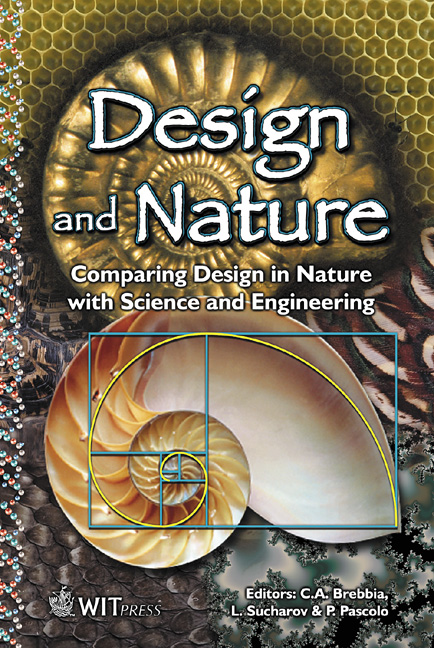Nature In Growth Of Tree Stems Derived From Ring Analysis
Price
Free (open access)
Transaction
Volume
57
Pages
Published
2002
Size
212 kb
Paper DOI
10.2495/DN020021
Copyright
WIT Press
Author(s)
Y. Chiba
Abstract
1 Introduction There have been a number of studies on stem shape and growth properties of forest trees [1,3,6,7,8,10]. Density of current growth in non-photosynthetic organs (i.e. weight of current growth in branch plus stem per unit thickness of horizontal layer) is suggested to increase from the top of a stem to the crown base, whereas the distribution density of non-photosynthetic organs is almost equal under the crown [12]. However, various patterns in vertical distribution of stem diameter growth [4,11] have not successfully been clarified yet. This distribution of current stem growth density, should be affected by growth conditions and foliage amount of the crown [5,9,11,13]. The objectives of this study is to understand possible substantial and indispensable mechanisms of tree architecture. Using close relationships between stem growth and stem shape [2],stem formation process was analyzed specifically by comparing the changes in stem diameter growth pruned trees. 2 Materials and methods 2.1 Data of non-pruned trees Tree species examined were conifer [Chamaecyparis obtusa, Larix kaempferi] and broadleaf trees [Fagus crenata, Castanopsis cuspidata, Cinnamonmum japonicum, and Distylium racemosum]. Each sample tree was cut at a height of 0.2m, and the stem was divided into lm lengths. Stem discs for ring analysis were collected at intervals of lm. In order to estimate stem dry weights in the past, it is assumed that the specific gravity of stem is constant irrespective of tree age, location in the stem, in addition, heartwood or sapwood. The previous stem weight was estimated by multiplying the specific gravity at the time of felling by the stem volume. 2.2 Pruning experiment Changes in vertical distribution of stem diameter increment after pruning treatment were examined for 35-year-old Chamaecyparis obtusa trees. The data used were from Onaka [9]. Four different intensities of pruning treatment were
Keywords





